- Messages
- 11,027
- Name
- Garry
- Edit My Images
- No
A vase of lilies, placed at the statue of Edith Cavell in St Martin's Place, London.
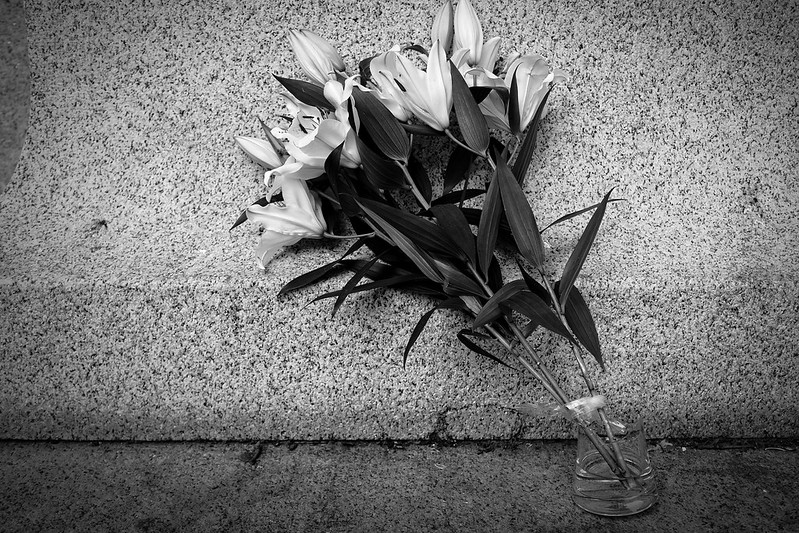
Lilies for Edith by Garry Knight, on Flickr

Lilies for Edith by Garry Knight, on Flickr



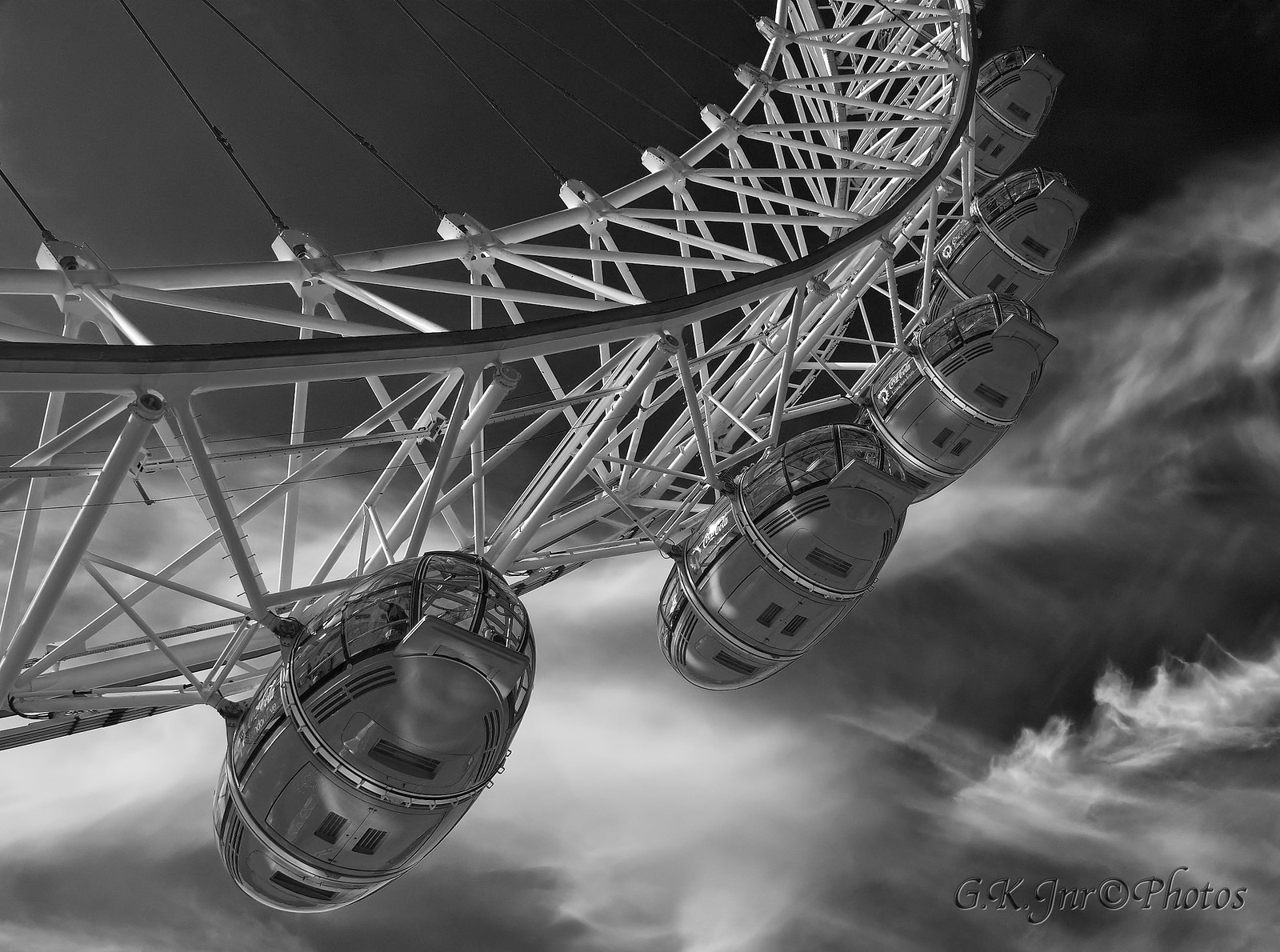 My London (4)-03529
My London (4)-03529 for looking.,
for looking., 
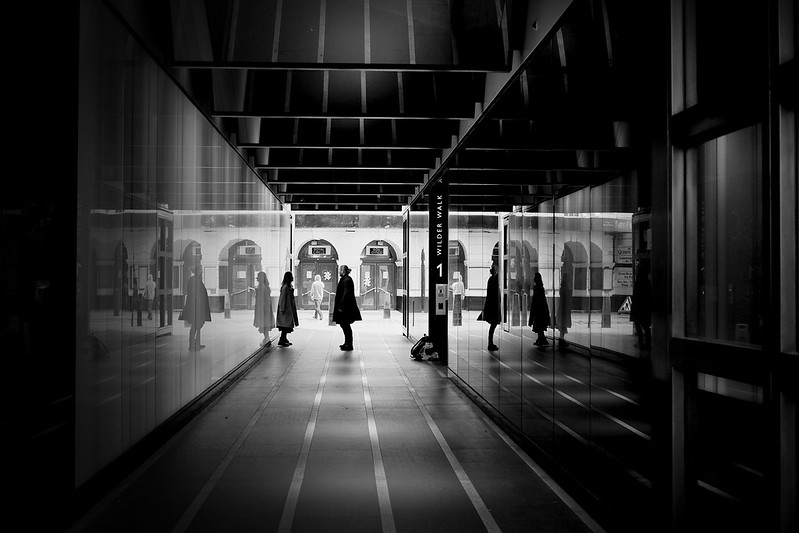

 Spooooky!!! Kew Garden's dawn redwoods look even MORE impressive in the fog
Spooooky!!! Kew Garden's dawn redwoods look even MORE impressive in the fog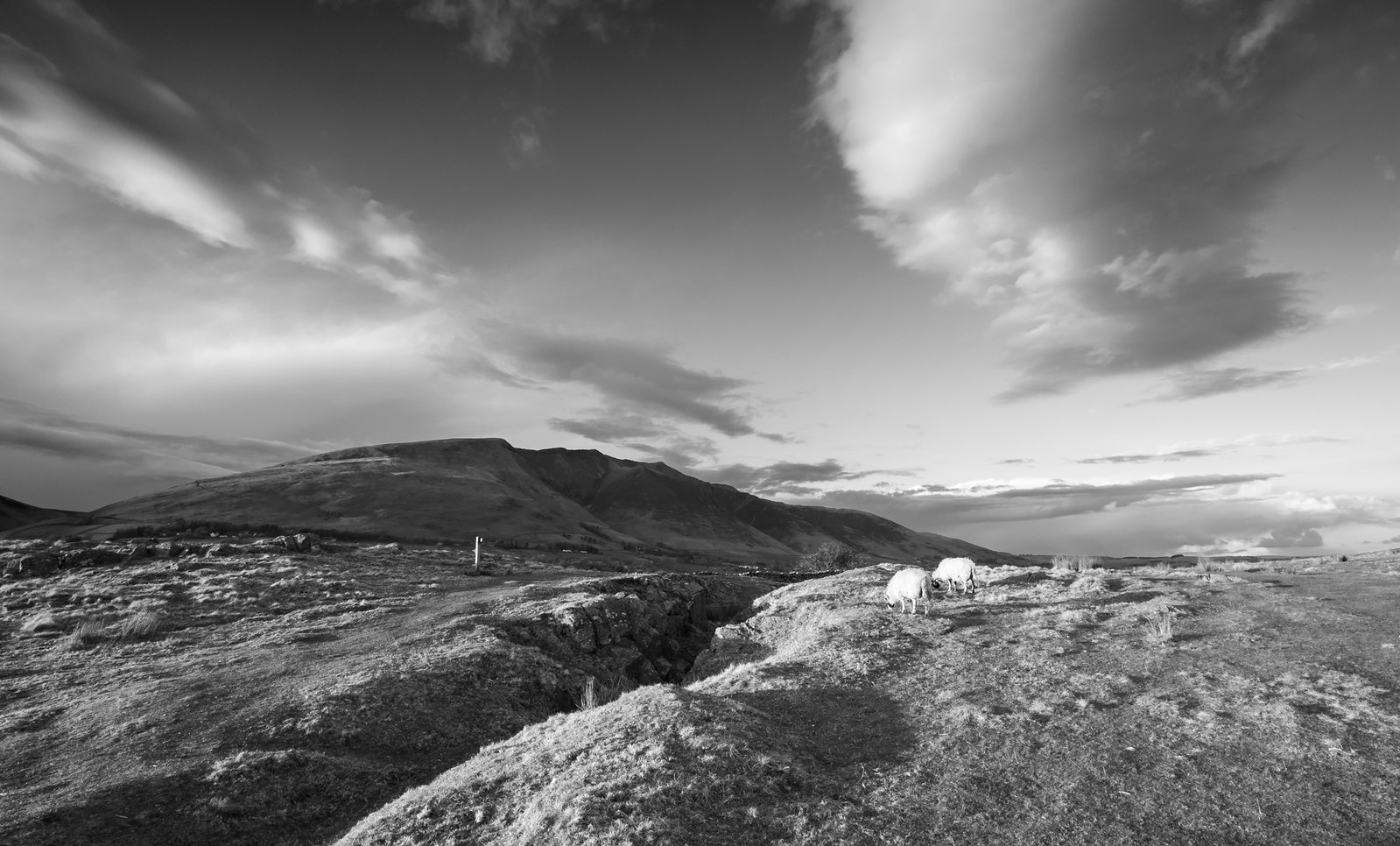 Blencathra mono
Blencathra mono
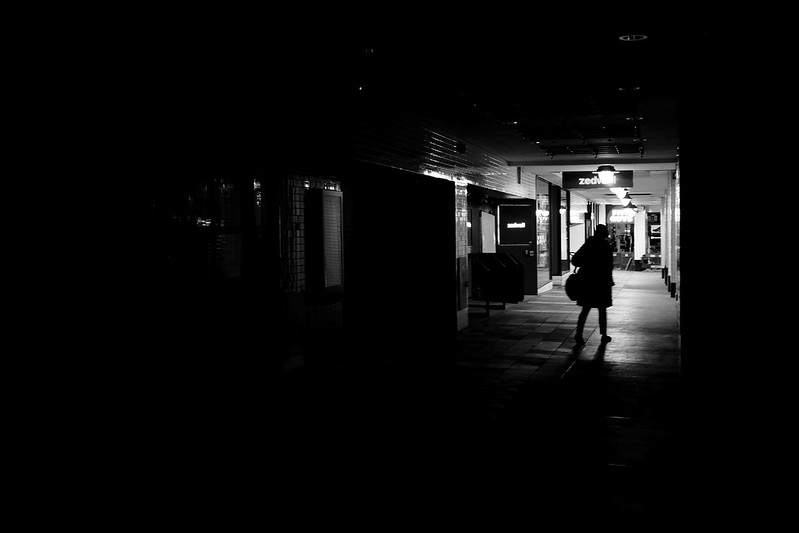
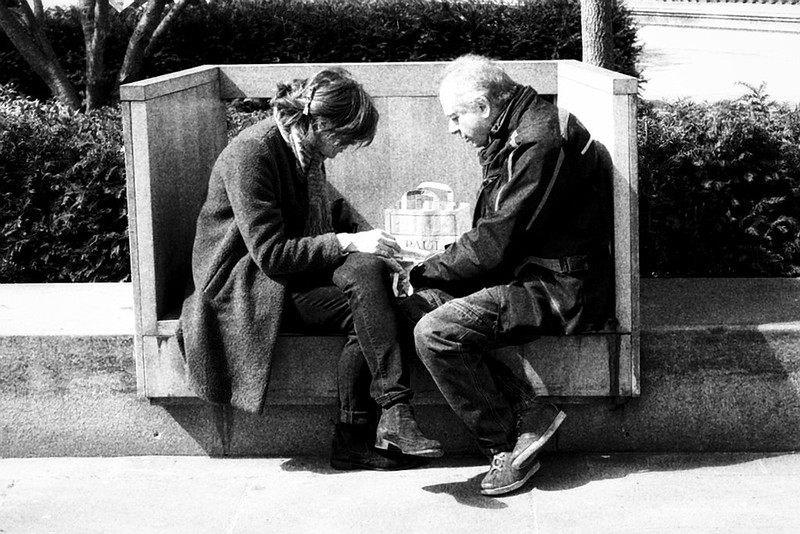
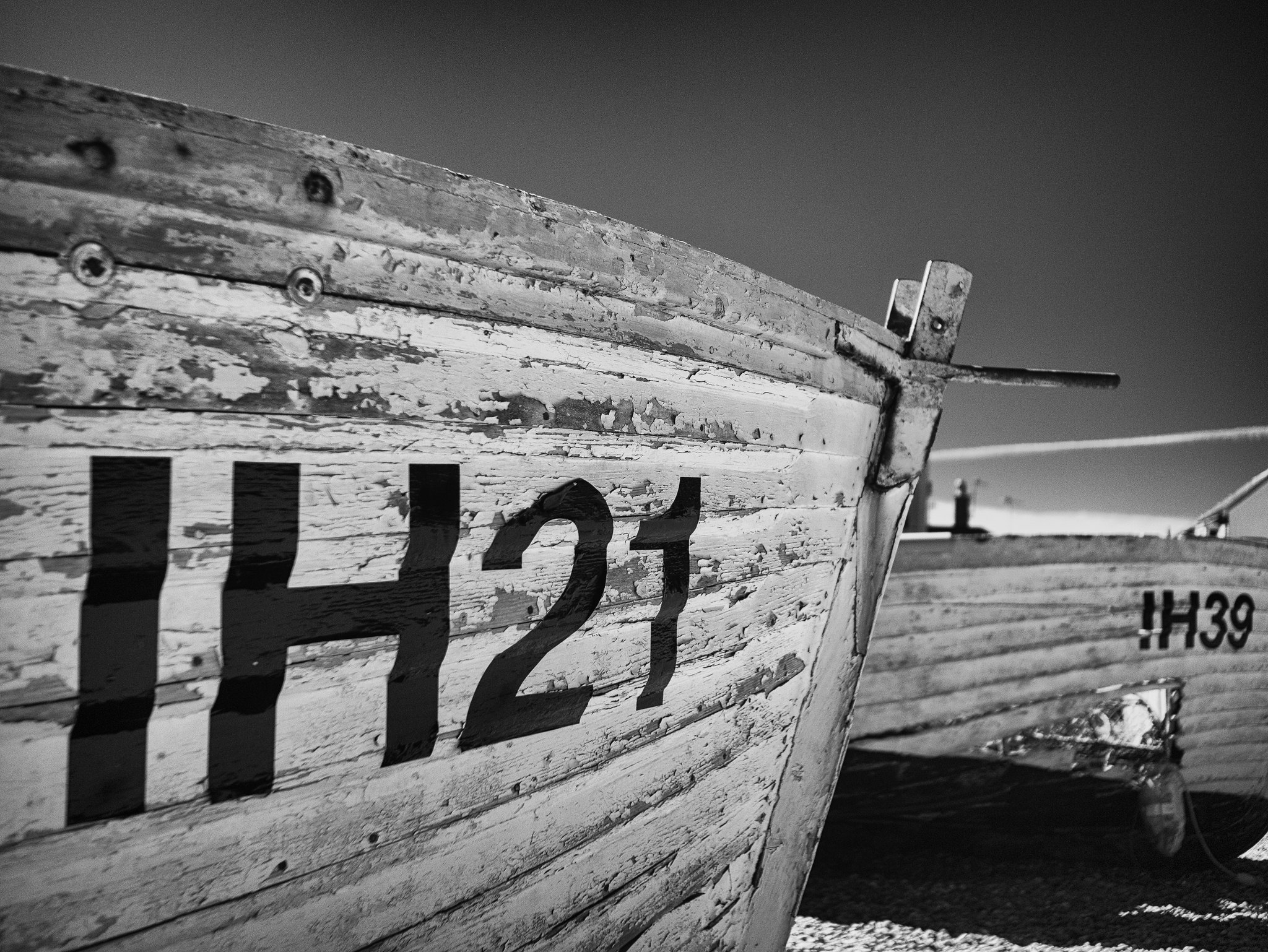
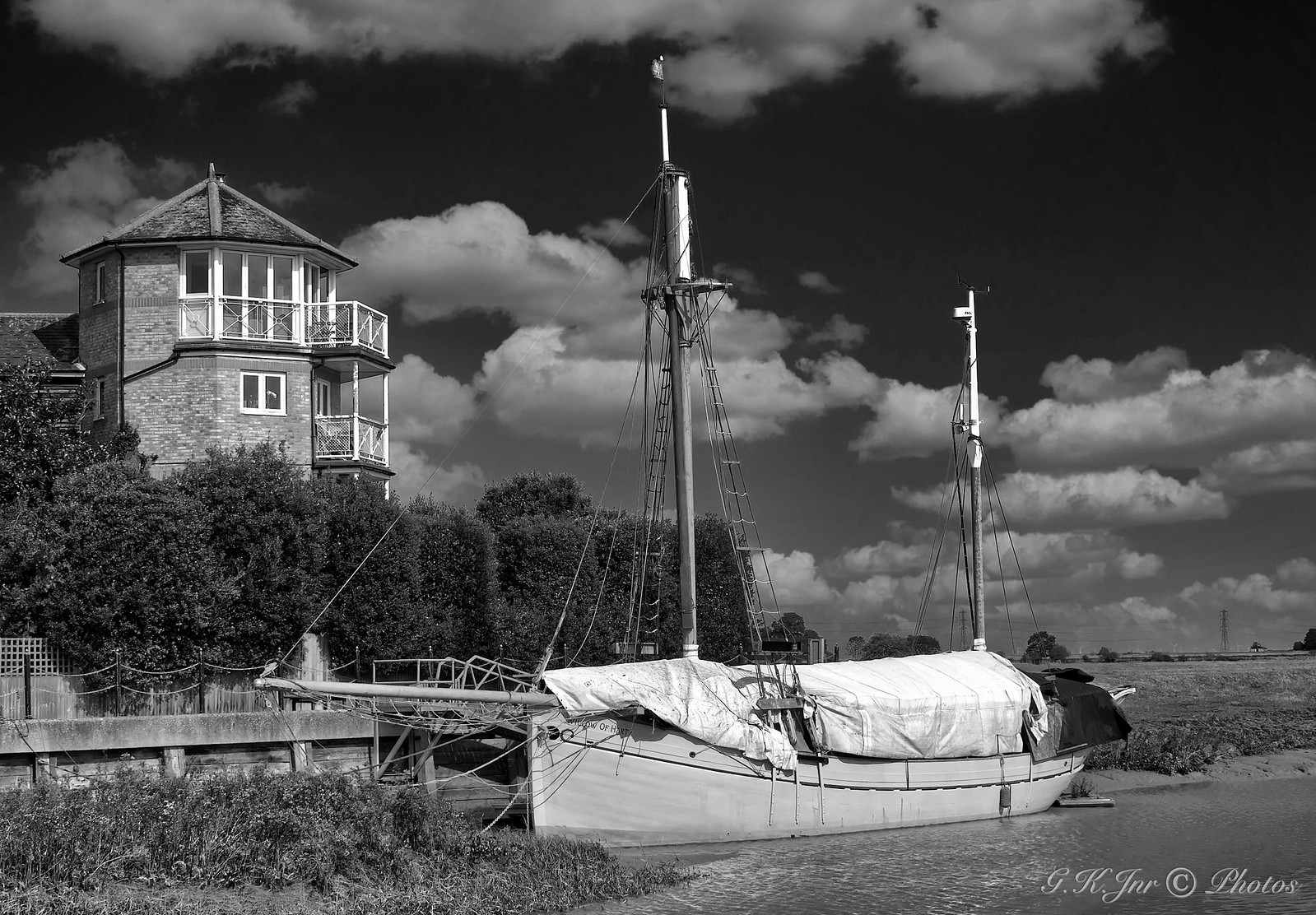 Willow Of Heart-03532
Willow Of Heart-03532 Derelict gatehouse, Mintlaw, Scotland.
Derelict gatehouse, Mintlaw, Scotland.
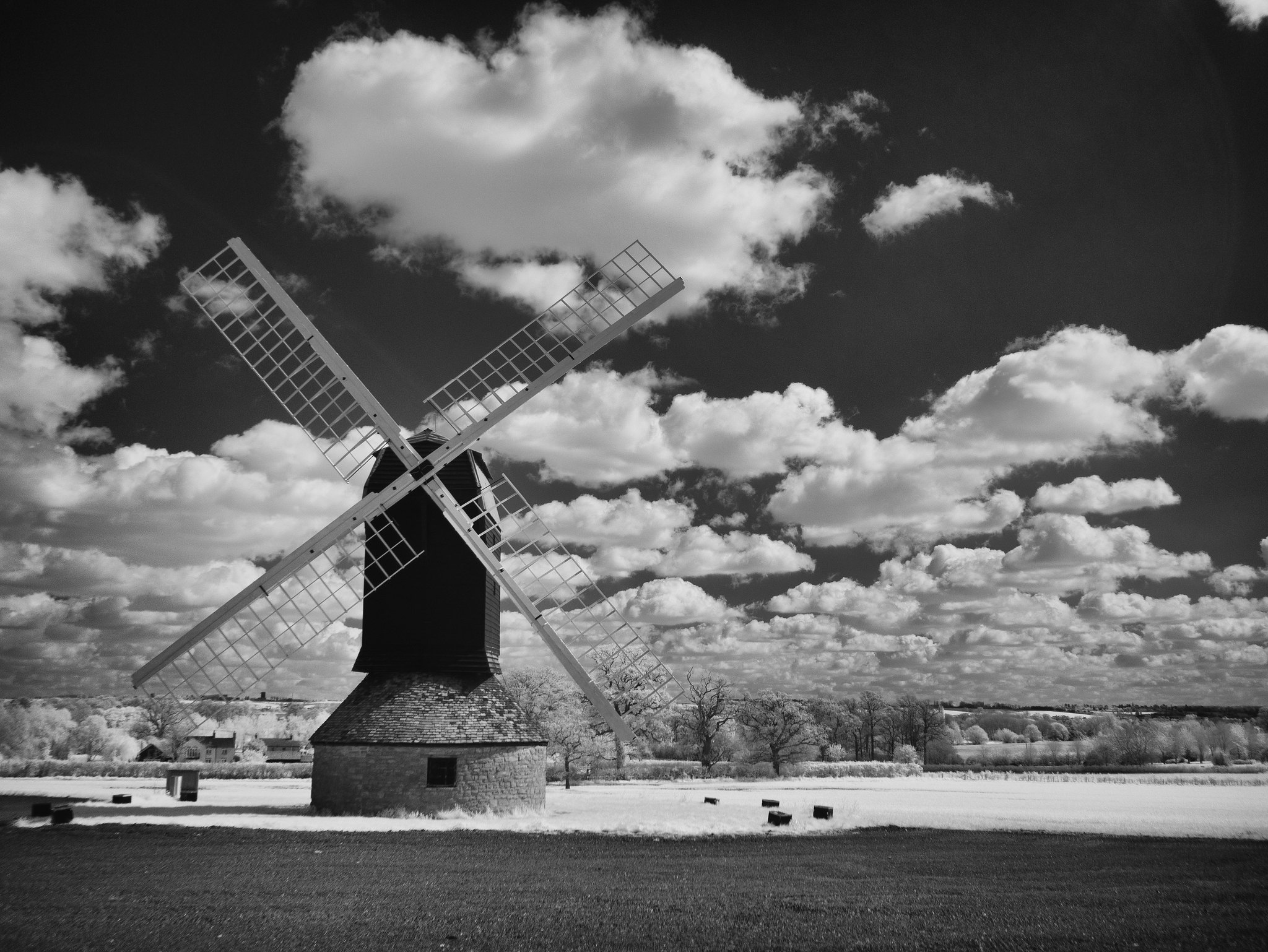
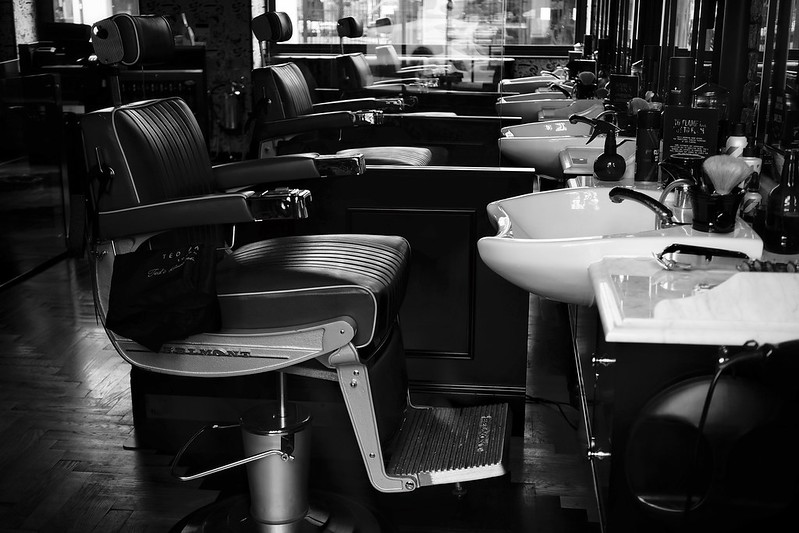
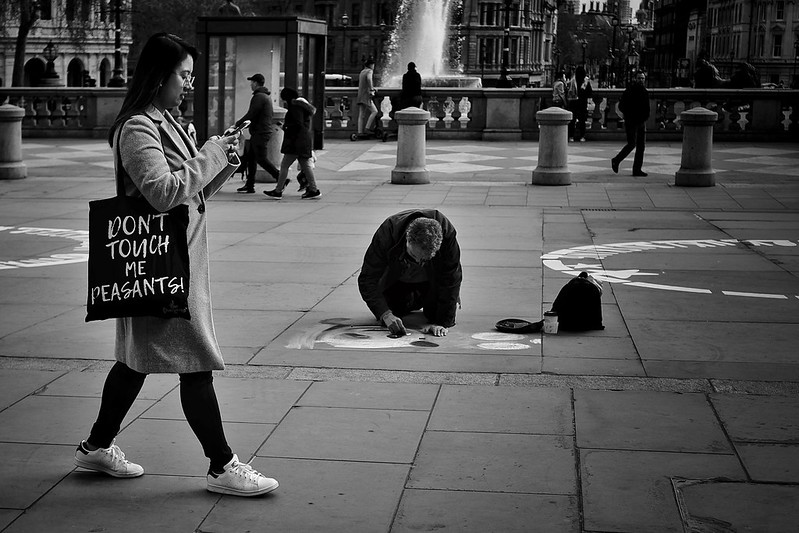

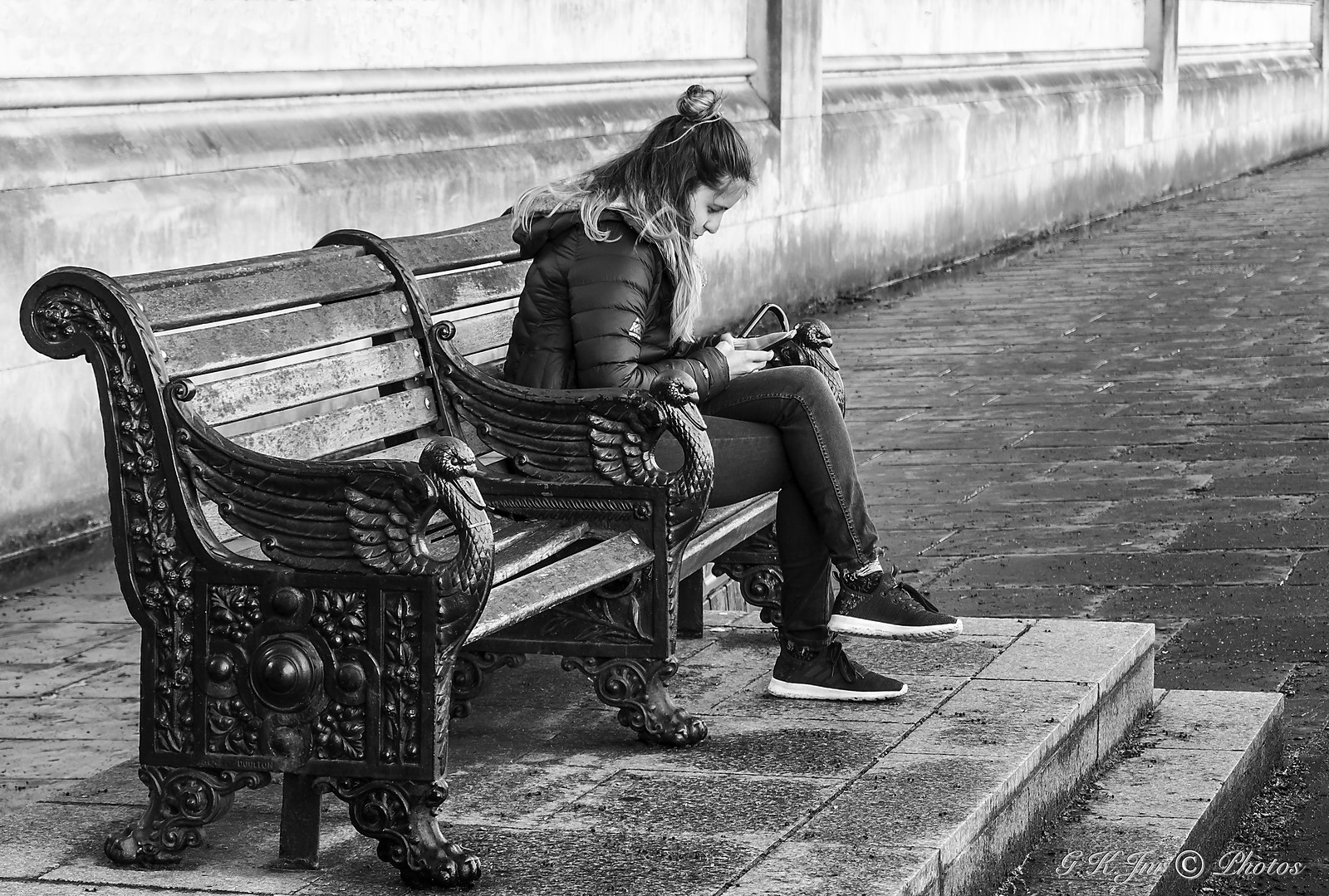 Just Sitting Texting-03528
Just Sitting Texting-03528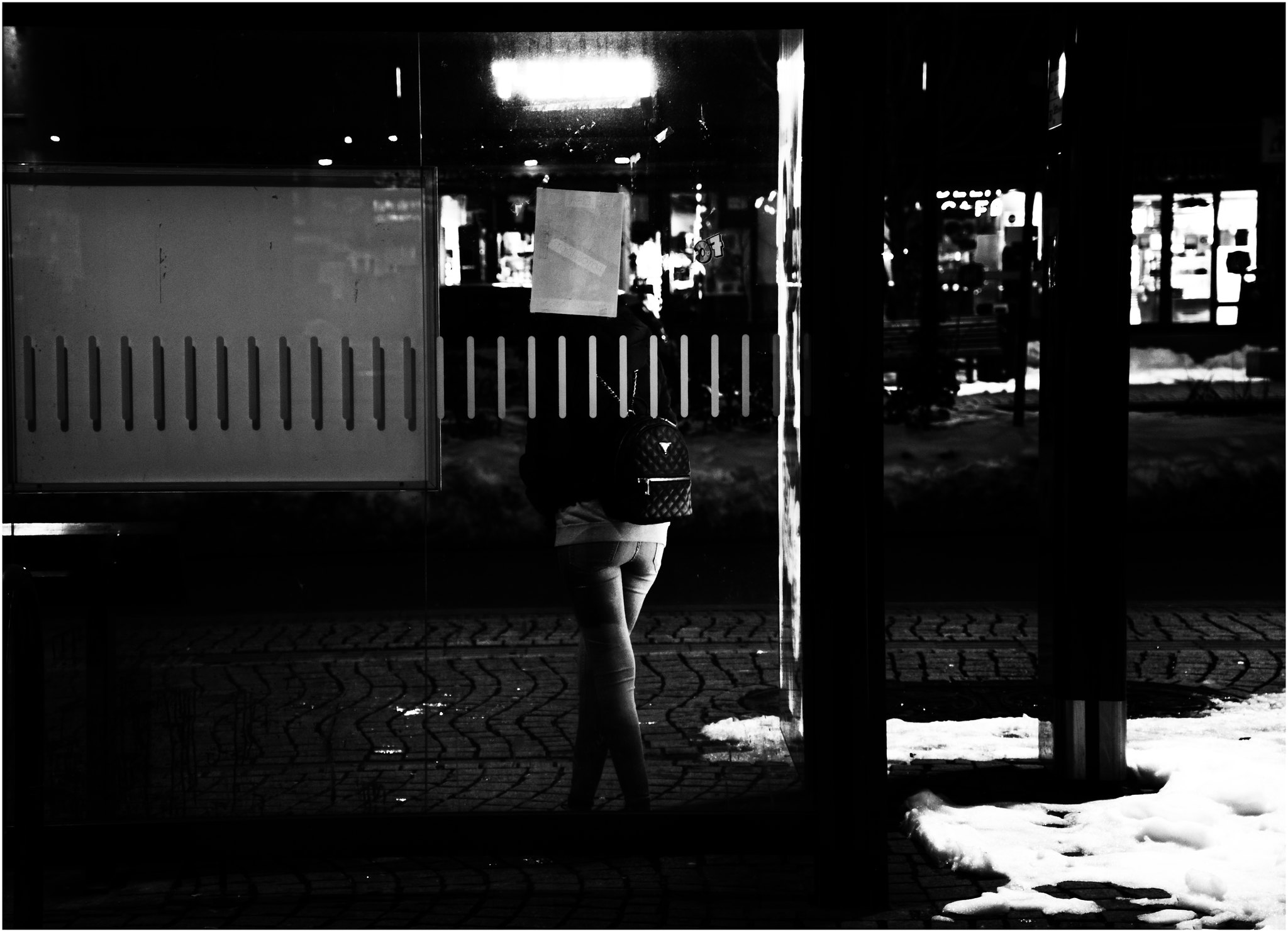 Street at night 1
Street at night 1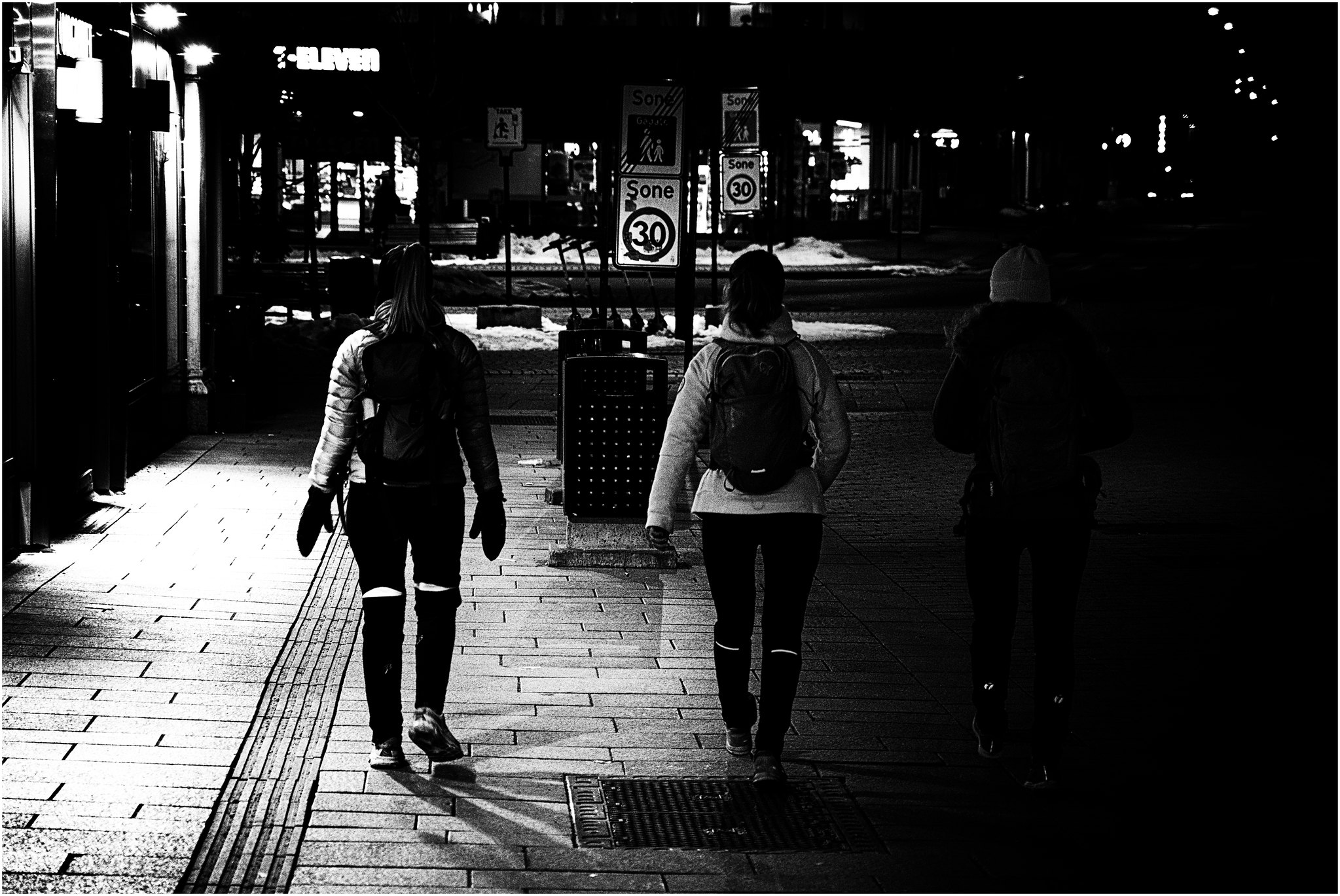 Street at night 2
Street at night 2


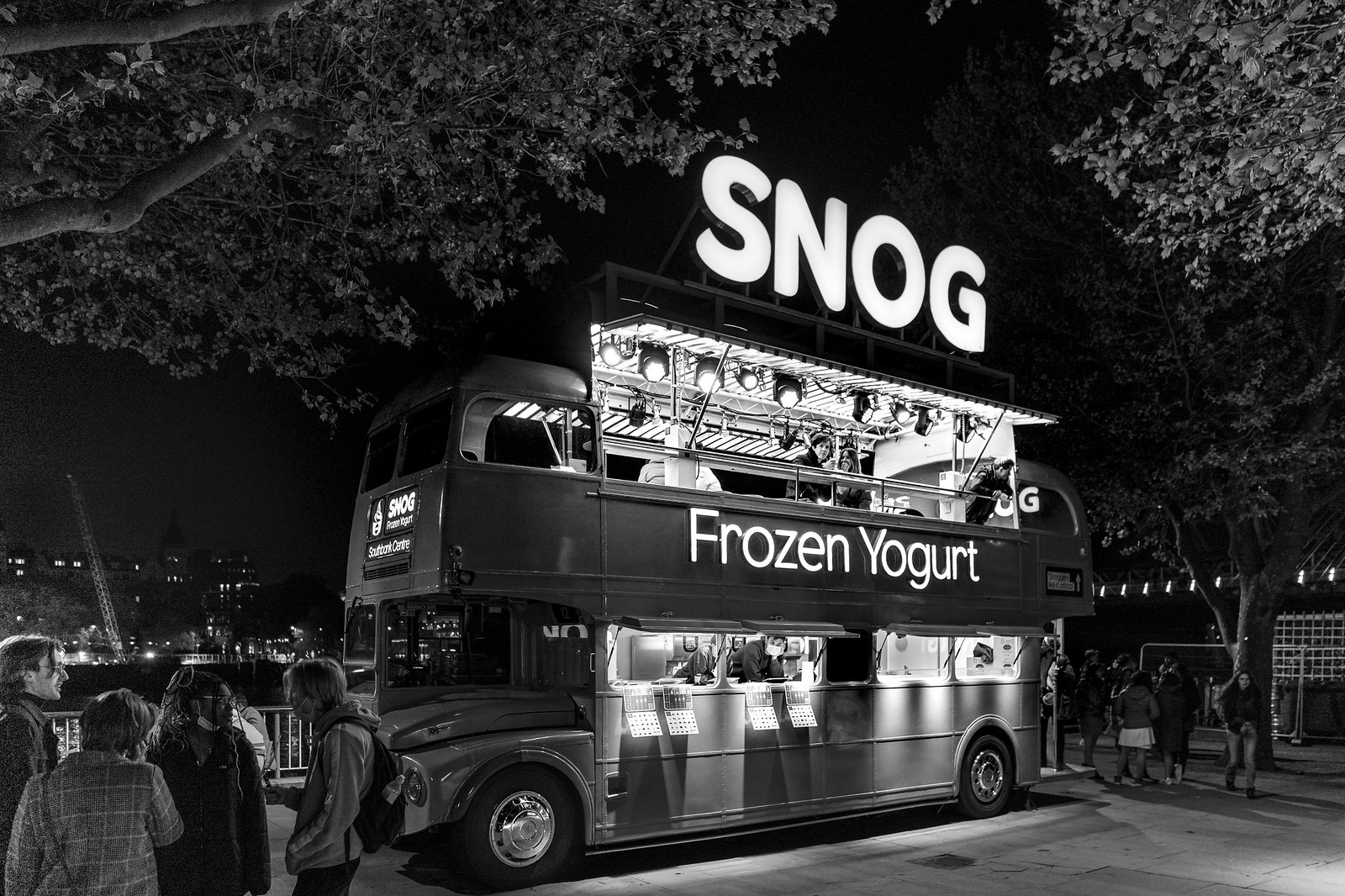




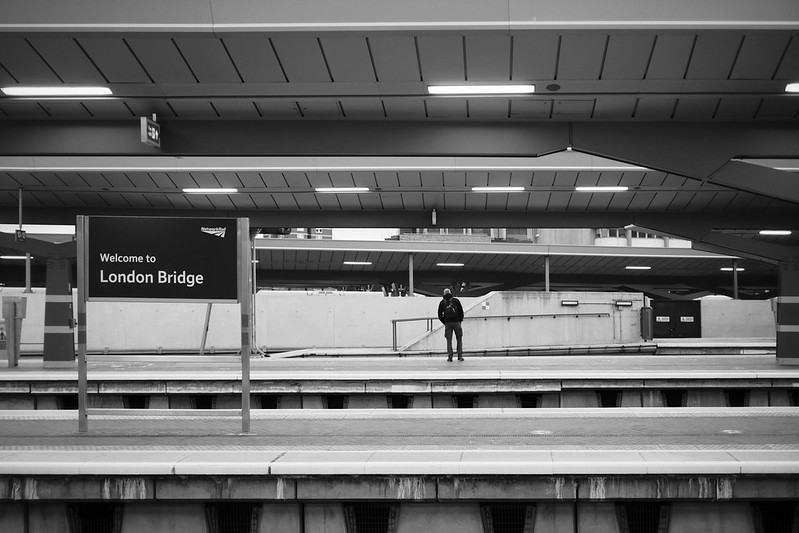
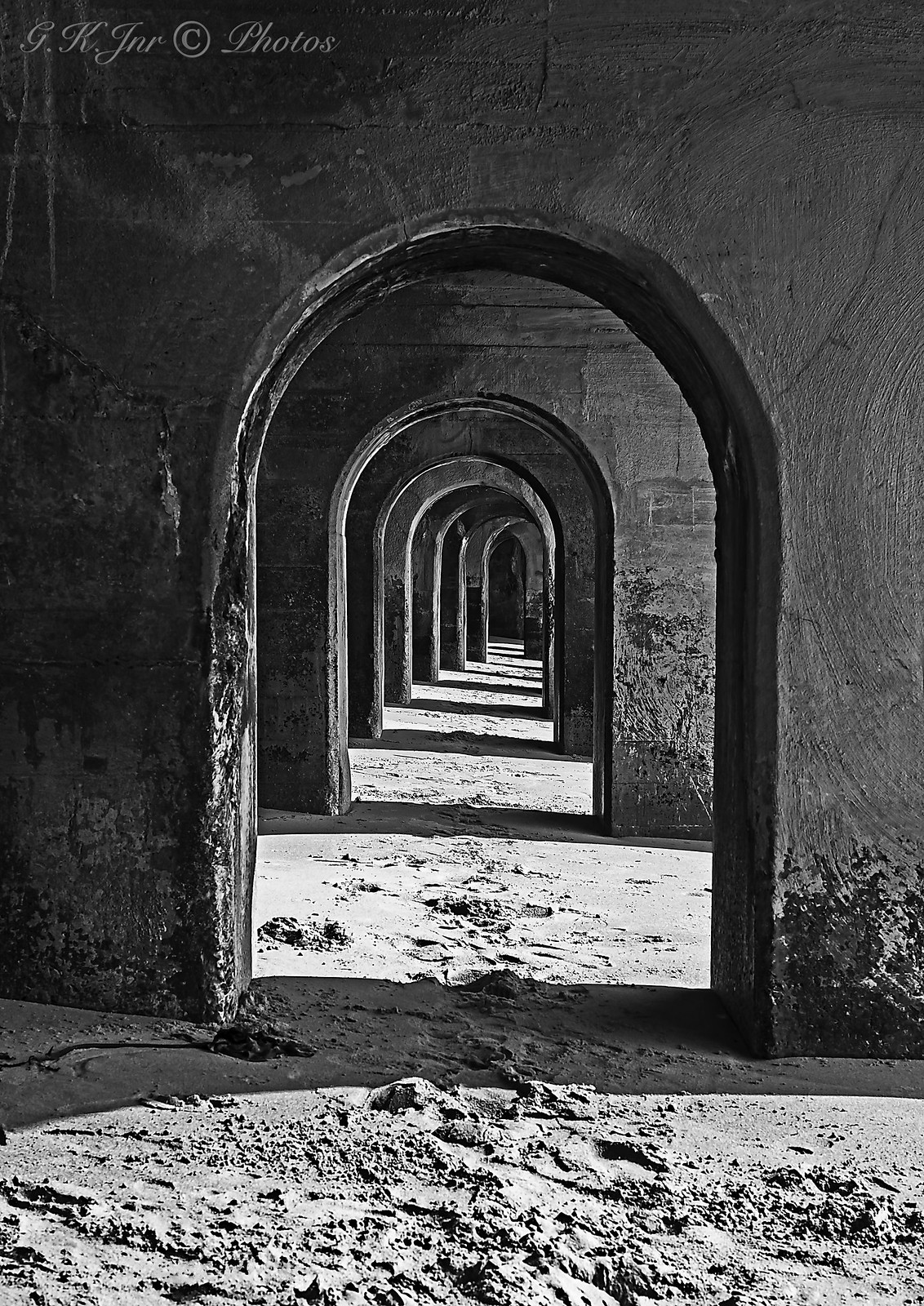 Beneath The Prom (M)-03531M
Beneath The Prom (M)-03531M